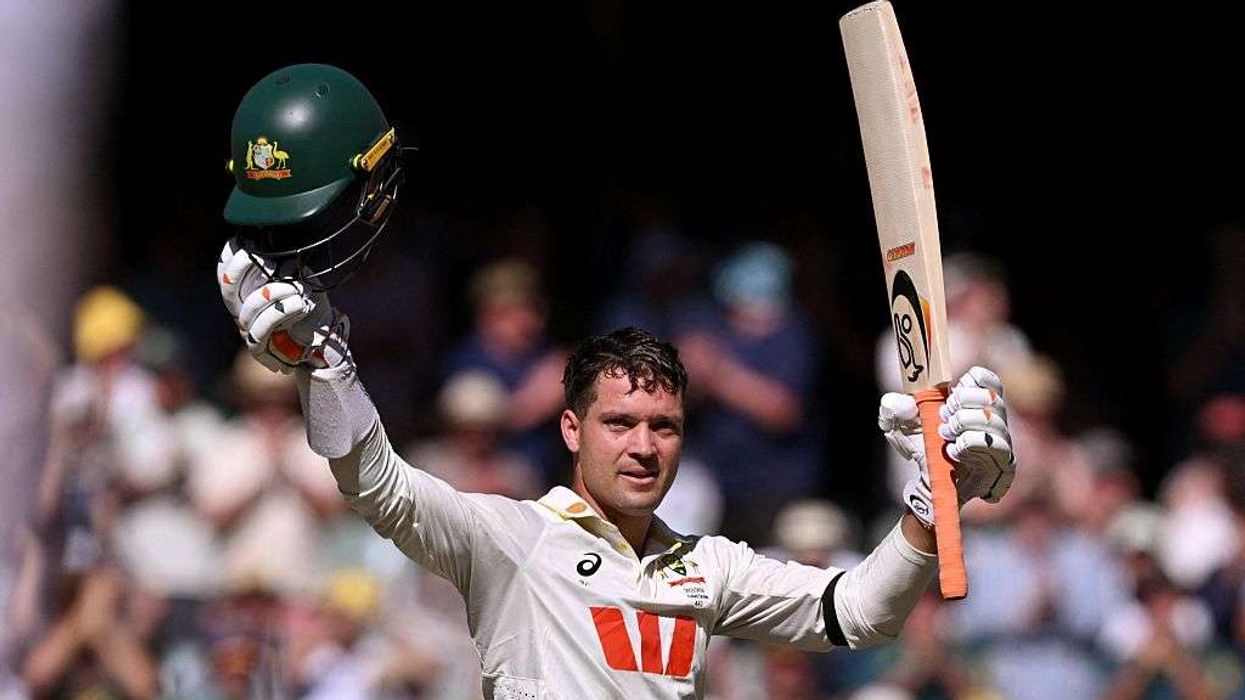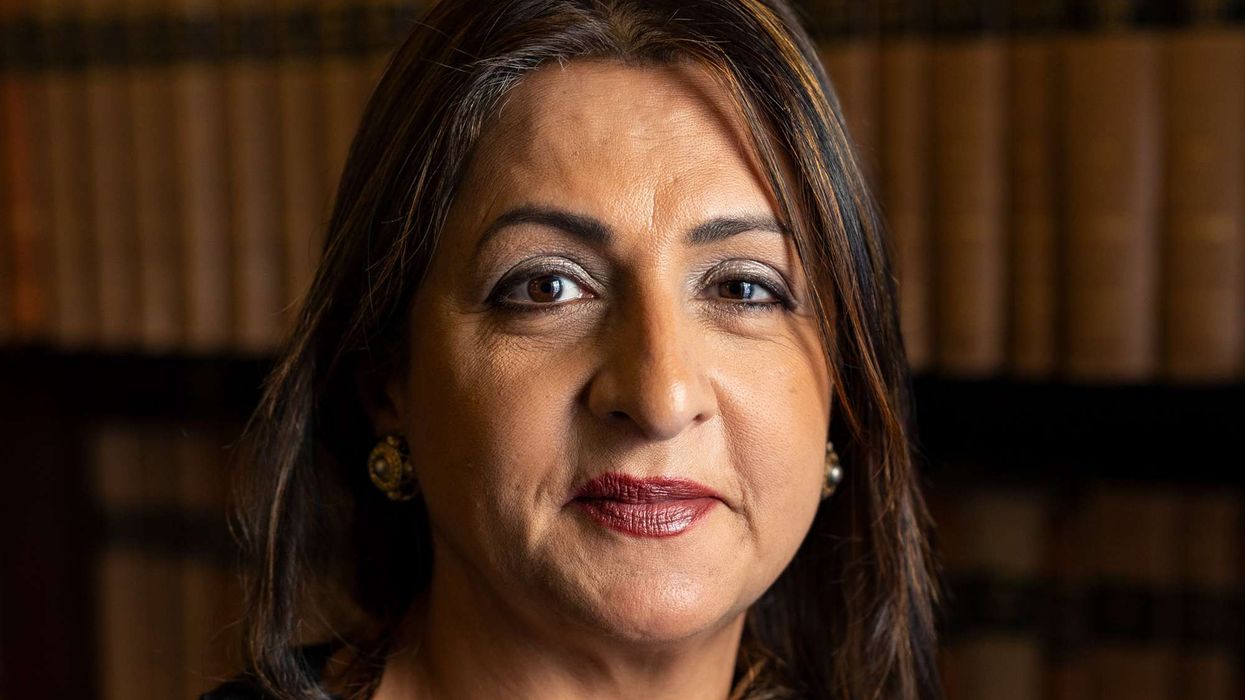An influx of footballers to India from Australia has highlighted changing fortunes as the Indian Super League flourishes and the A-League hits lean times during the coronavirus pandemic.
Just two Australians played in the Indian Super League last year, but 10 were among the 11 teams when the competition got under way in a bio-secure "bubble" in Goa last week.
Non-Australian A-League players have also made the move, including English striker Adam Le Fondre -- last season's second highest goal-scorer, with Sydney FC -- along with German defender Matti Steinman and Aaron Holloway from Wales.
Much of the change is down to money, with the A-League salary cap expected to drop by up to 30 percent next season following a fall in broadcasting revenue.
It has made the ISL, which previously attracted a smattering of fading stars, a more attractive proposition for Australia-based players.
One of the players to head to India is Australian defender Dylan Fox, 26, who left the Central Coast Mariners in September to join Northeast United in Guwahati.
"With all the uncertainty around the A-League at the moment, it was a good opportunity to head overseas and test myself in Asia," Fox told AFP.
"The A-League has stagnated in the last couple of years anyway and the other boys probably feel the same."
- 'Preference for A-League players' -
The ISL has in six years outstripped the older I-League to become India's premier football competition. FC Goa will next year become the first Indian team to play in the Asian Champions League.
Meanwhile the A-League, established in 2005, suffered a drop in revenues when broadcaster Fox Sports cancelled its contract during the coronavirus shutdown, before striking a reportedly cheaper deal.
It has helped give the ISL a sizeable Australian presence, alongside its numerous Spaniards and Brazilians and smattering of Brits, including former Newcastle United defender Steven Taylor.
Australian get-togethers, however, will be off-limits as players are confined to their team hotels in the Goa "bubble".
"It will be great to see all these familiar faces on the pitch at least," said Fox.
India's interest in Australians is also driven by a requirement that each team signs a player from the Asian Football Confederation.
"For Indian clubs when looking at AFC nations, there seems to be a preference for A-League players," said agent Baljit Singh Rihal of Inventive Sports, which specialises in the ISL.
"Players from Iran and Uzbekistan are also willing to come to India but it is harder for clubs to find information and stats on these players, whereas the A-league is open in this regard and has all the records available.
"Indian clubs know what they are going to get in Australia. It is a known market."
- A-League 'uncertain' -
There are other reasons too. Former Liverpool and England striker Robbie Fowler left his position as head coach of Brisbane Roar in June. After taking over at East Bengal four months later, Fowler quickly signed three players from the A-League.
Defender Erik Paartalu, the longest-serving Australian in India and now into his fourth season with Bengaluru FC, has received plenty of phone calls.
"India provides more stability and things in Australia are a little uncertain," Paartalu said.
"It is definitely more money than the A-League -- not astronomically more but if boys are being told they will only get 70 percent of their salary then they will want to recoup what they are not getting.
"Now you are seeing players coming who would not have come in the past."
Paartalu has told his compatriots that Indian teams treat foreign players well, with none of the payment issues that can occur elsewhere in Asia.
He said Australian players also provide value for money.
"We integrate well and lend a hand to try and get involved. Maybe there is a connection that comes from cricket and it helps that we speak English," he said.
"We work hard, keep fit, don't complain too much and are team players."
There could be a lot riding on the Australian contingent this season. If the majority perform well, then there may be more opportunities in the future as Indian football grows.
Fox's contract is just for one season, but it could be a turning point for the 26-year-old.
"I will see what happens as this is a big step in my career and I want to make the most of this opportunity," he said.











